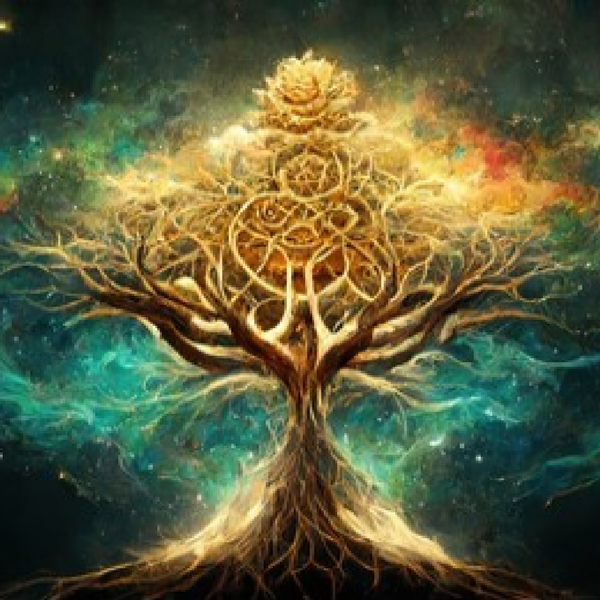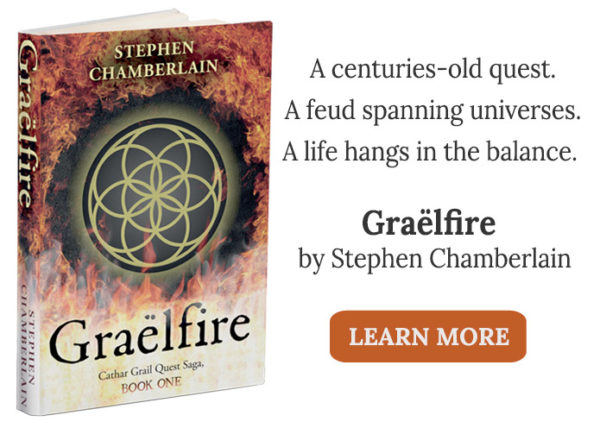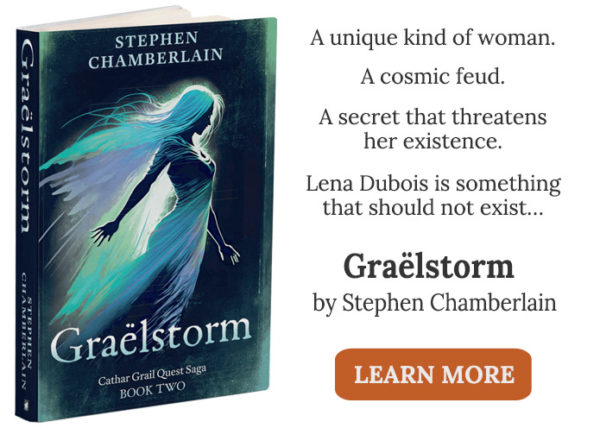“I love playing with myths. A lot of it has to do with that they’re the basic places stories come from. They’re the clay that you make the bricks out of.” – Neil Gaiman
Role of Mythmaking
Mythmaking bears witness to the human spirit’s quest for knowledge. From the dawn of intelligence, humanity sought to make sense of the world by inventing stories that became rooted in our myths and legends. While science explains the physics of our universe, stories such Odysseus, Beowulf and King Arthur explore human qualities such as heroism, honour, and loyalty. Others ask questions about abstract concepts, including the meaning of life and death, good versus evil, purpose, and the supernatural. Many people find abstract concepts hard to understand, but stories bring them to life by throwing their characters into conflict and acting them out. Myths are stories with a purpose.
Something Old, Something New
Every once in a while, the seed for a story idea germinates in a writer’s imagination. I’m a huge fan of fantasy, and when I set out to write my novel, Graëlfire, it was natural that this would be the genre I turned to. My goal was the fusion of two unrelated myths: the Holy Grail and Gnostic cosmogeny.
Mythology has long been a source of inspiration for writers of fantasy fiction. Countless authors like J. R. R. Tolkien, Robert Holdstock, Philip Pullman, J. K. Rowling, Stephanie Meyer, and Andrzej Sapkowski have resurrected traditional myths and put a new spin on them. Gods, dragons, elves, trolls, witches, and vampires have all been appropriated and adapted from folklore. The same goes for many of the fantasy genre’s archetypes and storylines. Stories such as Lord of the Rings, Harry Potter, Star Wars, The Hunger Games, His Dark Materials, and so many others follow this well-trodden path because it is a formula that is popular with the public.
Neil Gaiman is a master in the art of breathing new life into classical myths for subsequent generations of readers. He expresses the place of mythmaking in modern storytelling like this:
“ …retelling myths is important. The act of inspecting them is important. It is not a matter of holding a myth up as a dead thing, desiccated and empty… Instead we have to understand that even lost and forgotten myths are compost, in which stories grow. What is important is to tell the stories anew, and to retell the old stories. They are our stories, and they should be told.”
Deep Roots; Spreading Branches
Fantasy is a way of reconnecting with myth. And yet, playing with time-honoured stories can be daunting. It’s one thing to draw inspiration or pay homage, but writers should not trivialize or disrespect them or the culture from which they sprang. We have a responsibility to do our homework, to research and understand our sources. For me, that meant that although my novel, Graëlfire and its soon-to-be-published sequel, Graëlstorm, add something unique to the Arthurian Grail quest tradition and the Gnostic version of Creation, I did my utmost to study and incorporate their essence. I see myself not as a creator of original myth, but as a contributor of something new to an organic tradition that is constantly developing. Malcolm Guite of Girton College, Cambridge sums up this notion in an article entitled “Branching Out: Galahad and the Tree of Tales”:
“Tolkien…has rightly described the world of story…myth and legend, as being like a great branching tree: deeply rooted in the past… but branching out from the past into the present as each new generation absorbs the sap of the old tales and puts out branches, unfolds leaves—which are themselves new creations, new developments and yet rising out of the earliest stories, organically related to the whole, not so much inventing novelties as teasing out and opening up seeds of potentiality hidden in the earlier telling. Every storyteller is part of a long lineage of storytelling adding to something which is still unfolding…And so we too can come to the tree of tales, climb out on one of its branches, and begin to unfold some new leaves…There is a myriad of stories, a myriad of approaches, tones, styles, and possibilities, and…an open invitation to Adventure!”
If you would like to learn more about mythical elements in my Graëlfire cosmos, please follow the link here.

Stephen Chamberlain is the author of the fantasy novel Graëlfire. He draws inspiration from the impact of landscape on myth, and the association of liminality with the supernatural and magic. Stephen lives in Switzerland.



